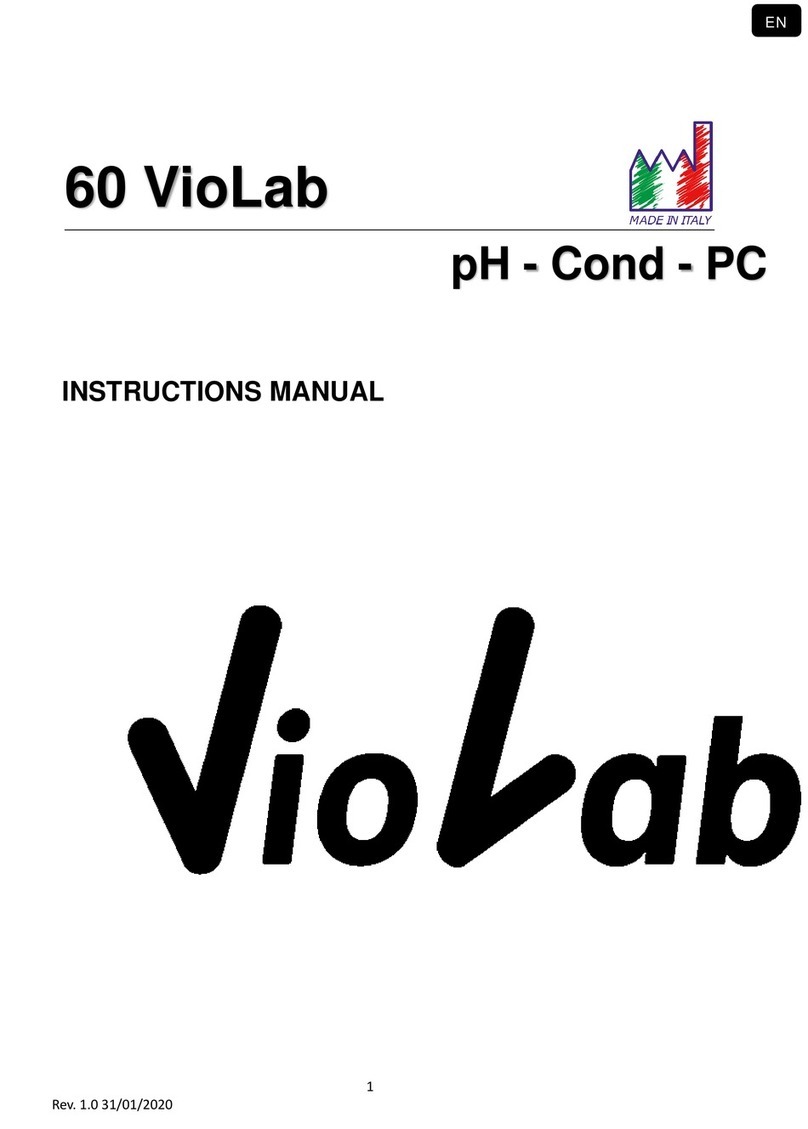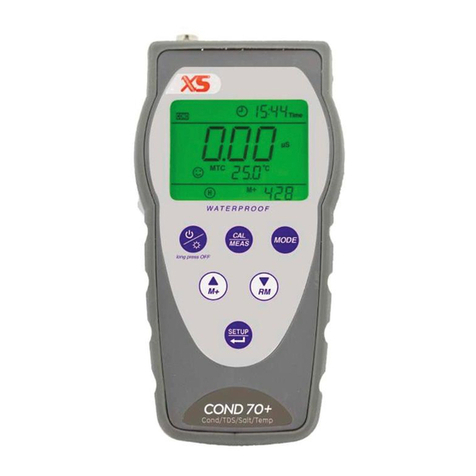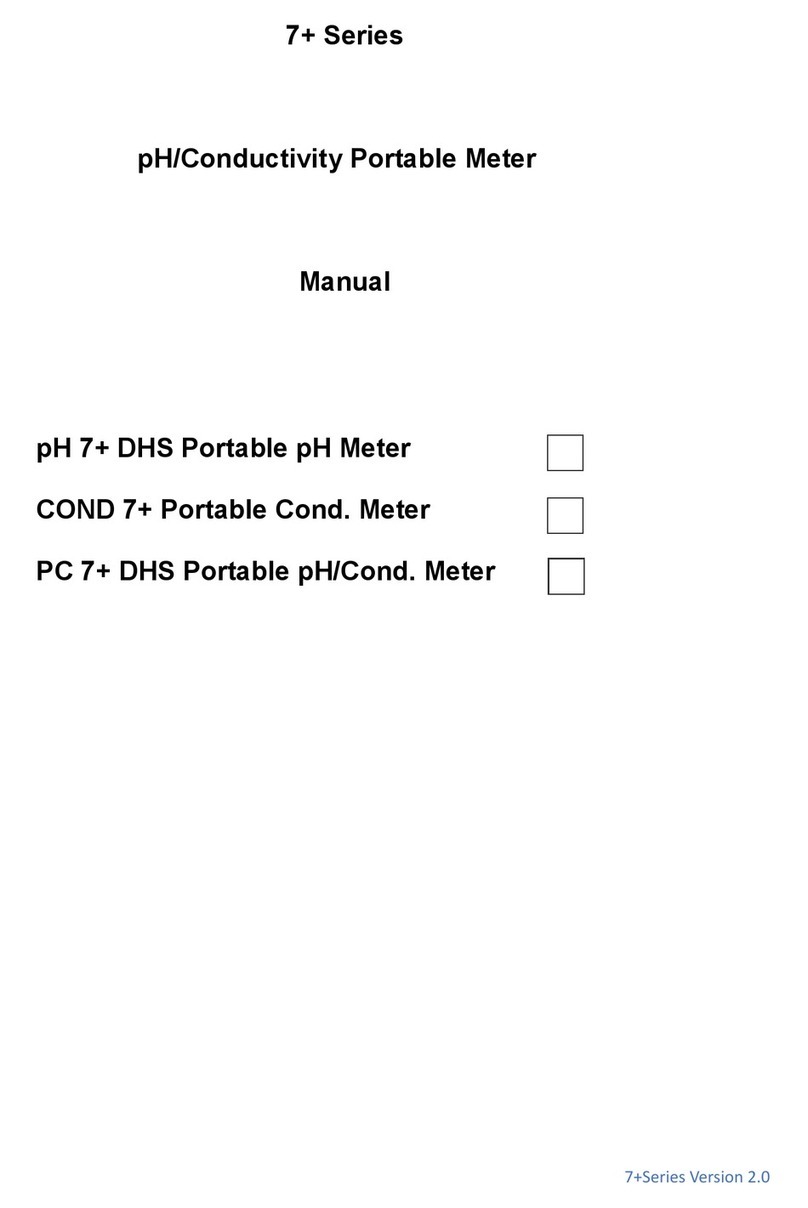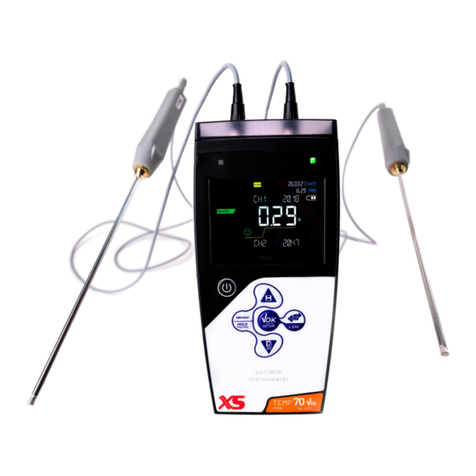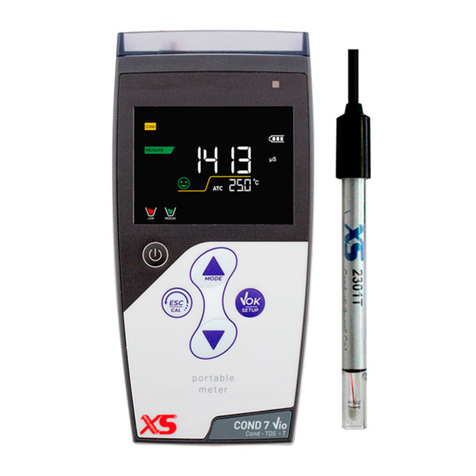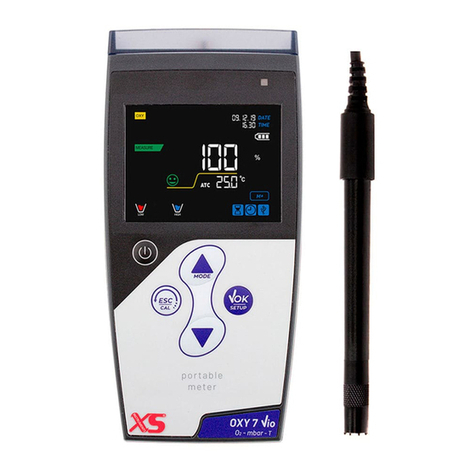
3
Rev. 1 24/01/2020
Index
Introduction .............................................................................................................................................6
Safety information ...................................................................................................................................7
•Reporting terms: .................................................................................................................................7
•Additional documents for safety.........................................................................................................8
•Use according to destination...............................................................................................................8
•Basic requirements for a safe use .......................................................................................................8
•Unauthorized use ................................................................................................................................8
•Device maintenance............................................................................................................................8
•Responsibility of the owner of the instrument ...................................................................................9
Instrumental features ..............................................................................................................................9
•Parameters ..........................................................................................................................................9
•Datasheet .........................................................................................................................................10
Instrument description ..........................................................................................................................11
•Display ...............................................................................................................................................11
•Keyboard ...........................................................................................................................................11
•LED.....................................................................................................................................................12
Installation .............................................................................................................................................12
•Supplied components........................................................................................................................12
•Start-up..............................................................................................................................................12
•Connection of the power supply.......................................................................................................12
•Power on, date and time update, power off.....................................................................................13
•Replacement of batteries..................................................................................................................13
•Instrument transportation ................................................................................................................14
•Key functions.....................................................................................................................................14
•Inputs / Outputs connections ...........................................................................................................15
READ THE MANUAL BEFORE PROCEEDING TO CONNECT THE PROBES OR PERIPHERALS ........................15
•Symbols and icons on the display .....................................................................................................15
Operation of the device.........................................................................................................................16
Setup menu ...........................................................................................................................................17
•Setup Menu Structure .....................................................................................................................18
Temperature measurement ATC – MTC ...............................................................................................19
pH Parameter ........................................................................................................................................19
•pH parameter Setup .........................................................................................................................19
•Composition of the Setup menu for pH parameter ..........................................................................20
•Automatic pH calibration .................................................................................................................21
•Calibration with manual values.........................................................................................................23
•Performing pH measurement ...........................................................................................................23
